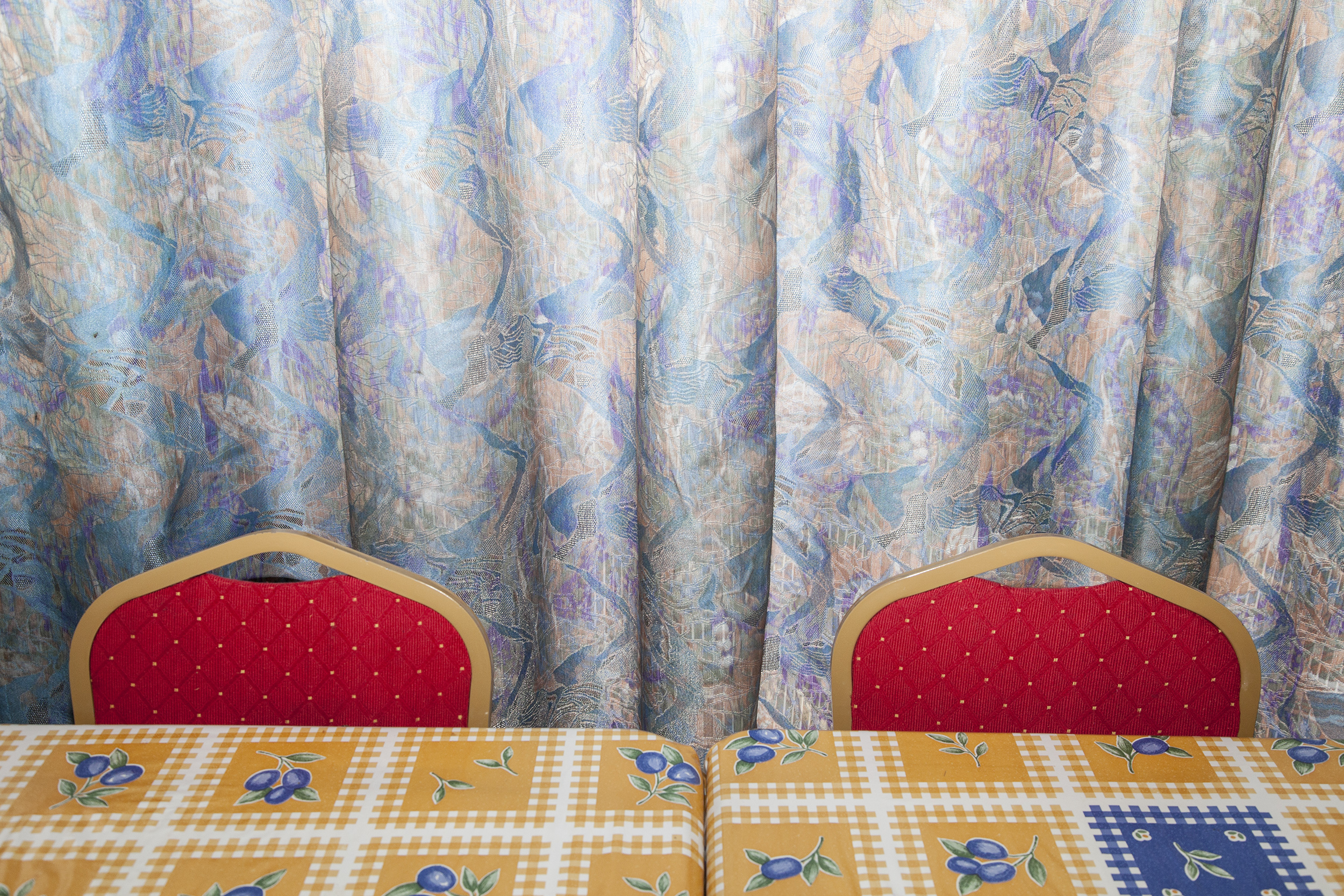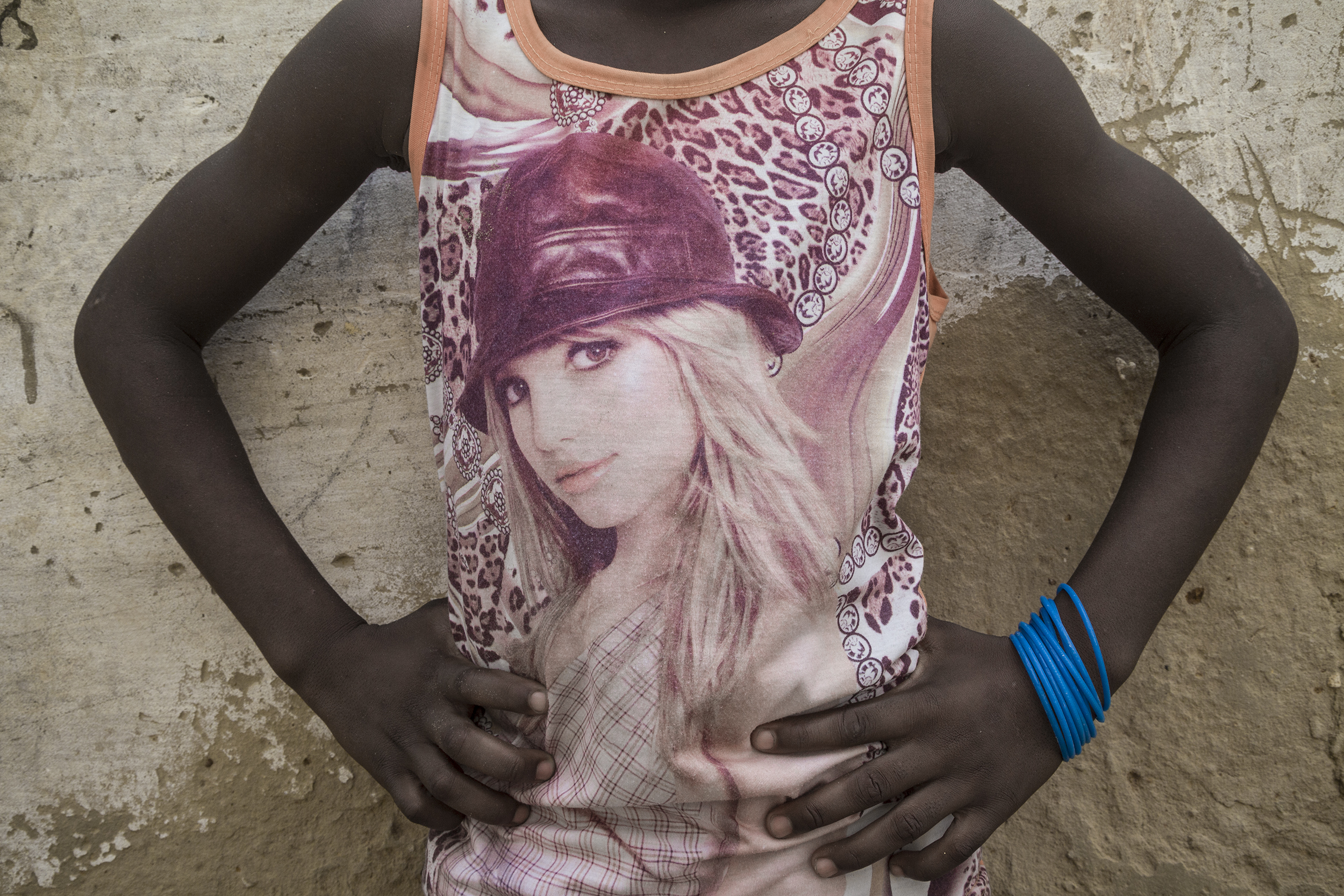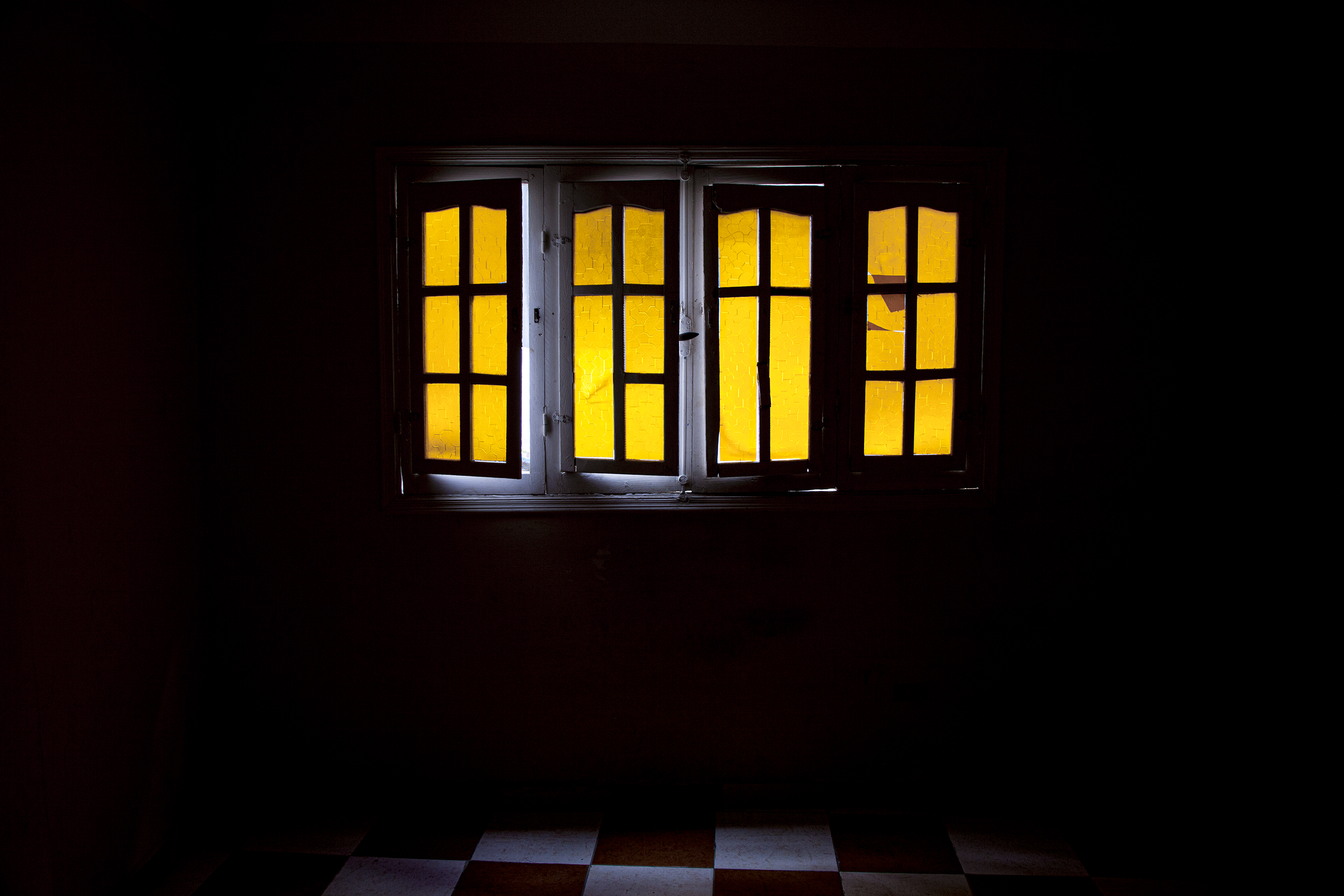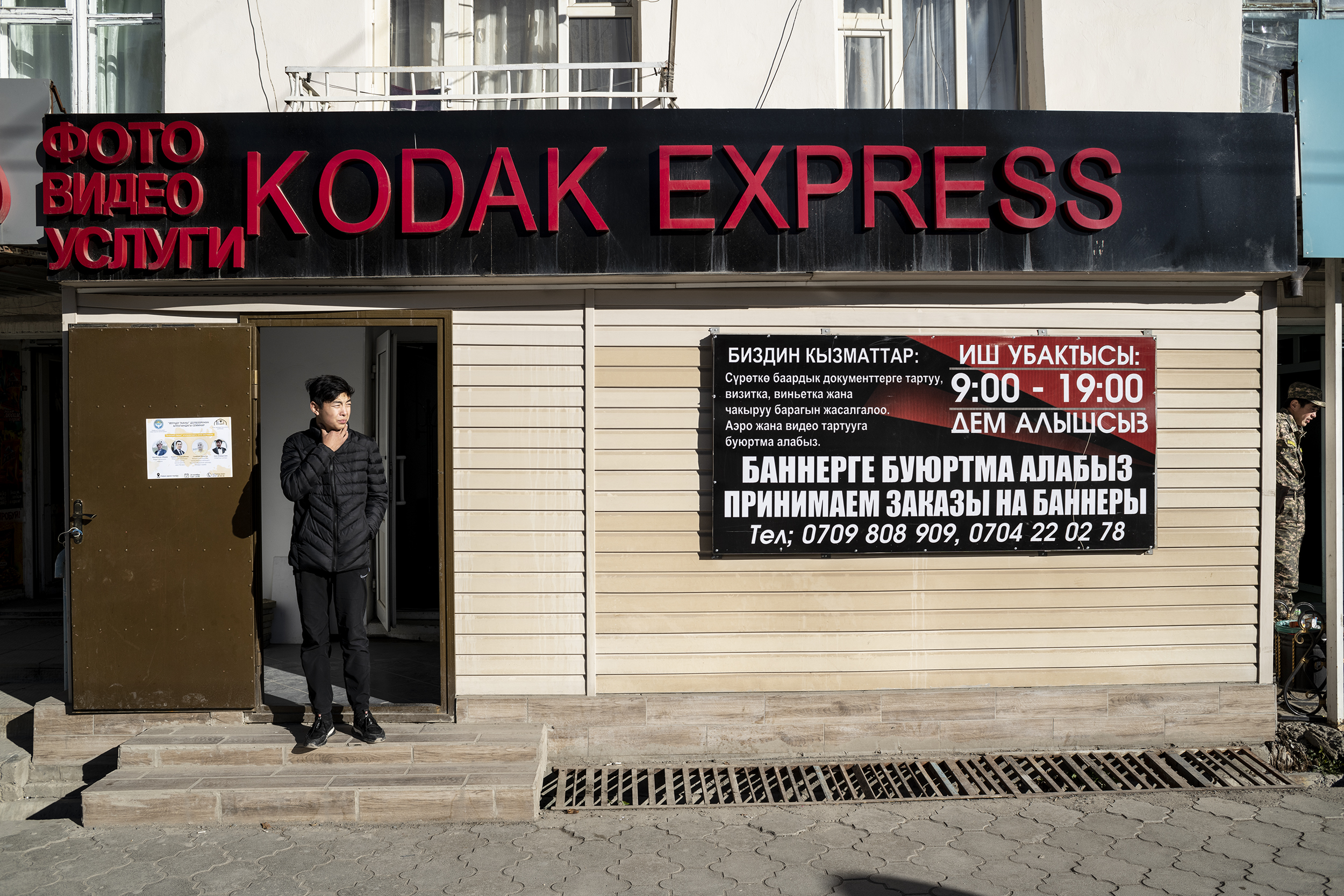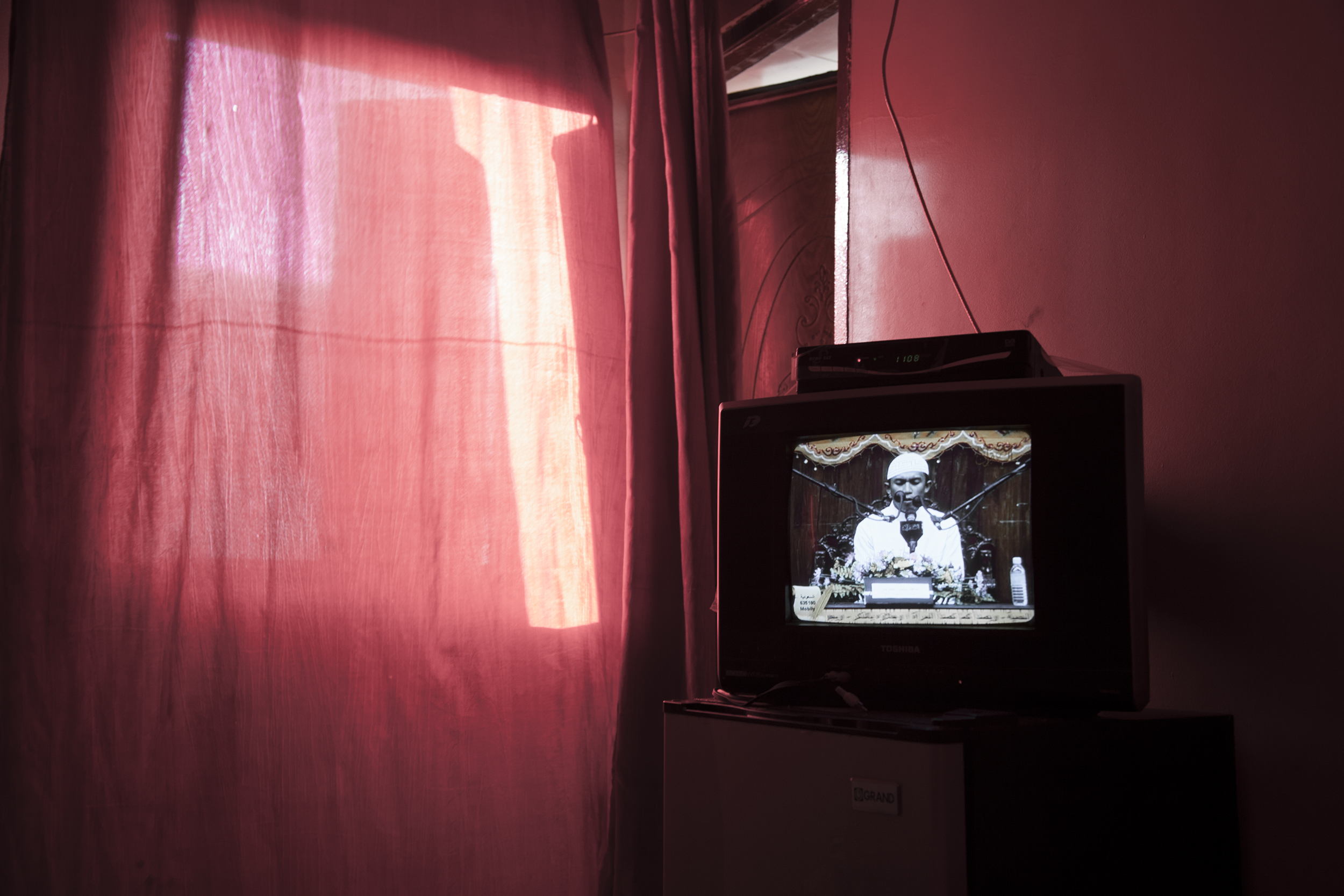Dans la soupe
Dans la soupe? Yes, Dans la soupe is an expression I have borrowed from a conversation between Henri Cartier-Bresson and Pierre Assouline that took place in 1994, a conversation that came to be published later as We always talk too much.
After several decades, Cartier-Bresson recalls one of his photographs taken of Pope Pius XII in 1938. He acknowledged that the mentioned photograph was the single image that was ever reframed after shot. (As we know, Cartier-Bresson was really fond of preserving the original frame of his negatives). On that occasion, he was working on a newspaper assignment; he lifted his camera and pressed the shutter while being crushed by the fanatic crowd crying out: Vive Dieu! And “the photograph had to be dans la soupe by 11p.m”, he says. In other words, it had to be quickly “developed”, that is what he meant by the colloquial expression: dans la soupe.
Presently, I am inclined to say that we all owe something to Cartier-Bresson. As much as I assume that all photographers inherited something from him, even if it is his controversies. Definitely, he has influenced a generation of photographers. Likewise, as a co-founder of Magnum Agency, he also played an important role in a prominent chapter of the medium's history. Somehow, the creation of Magnum was related to the time when colonial rule began to collapse. In the meantime, whilst the other continents were to some extent still unknown to Europeans; Bob, Chim and Henri were wise enough to wander off its nooks and crannies photographing and making their living out of photojournalism. However, it also came to be the very cause of the blasting end of the first two.
Nowadays, our contexts are quite different as neocolonialism offers no such great opportunities and adventures. Photographic industry and tourism are widely spread and intrinsically related. Is such pragmatic and humanist photojournalism - once fostered by the tenets of Magnum - still sensitive to the complexity of our present days? Reviewing Magnum’s history, it becomes visible how Bob and Chim were deeply compromised in publicizing with their photographs the early state of Israel which would finally displace thousands of Palestinians out of their homeland. It is a new order, or shall we call it plain disorder?
Is this photo-essay a tribute to Cartier-Bresson? No, not really, I ‘d say it is a statement of photography’s ubiquity in contemporary societies. An homage to its large usage, perhaps. Somehow, here I have no other subject but photographs. It is far from being an attempt to reconcile old discrepancies. Images only.


